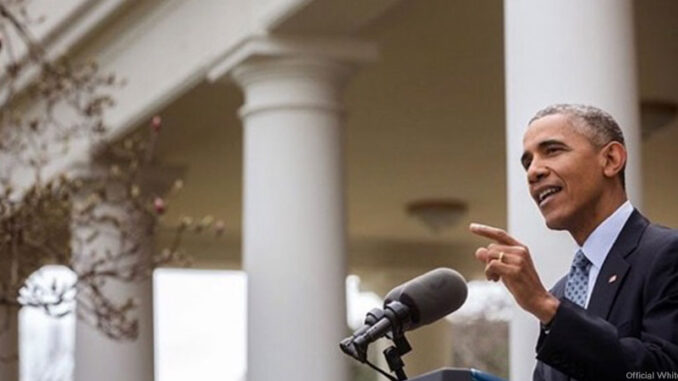

Iran’s nuclear program has been a global concern for decades. The United States as well as the EU-3 (France, Germany, and the United Kingdom) tried to put a halt to Iran’s nuclear development in the past. Several Iranian leaders in the past have publicly threatened the United States and Western nations. For this reason, it was seen as dangerous to allow the Middle Eastern nation to acquire nuclear weapons capability. In 2006 these nations joined forces with China and Russia to drive Iran back to negotiations. Known collectively as P5+1 (the name comes from the 5 permanent members of the United Nations Security Council plus Germany) the group imposed strict sanctions (defined limits) on Iran’s ability to proceed with the steps needed to complete working nuclear weapons. These sanctions included bans on travel, use of crude oil, acquisition of precious metals, and arms exports, as well as asset freezes. All of these limitations on the Iranian economy deeply weakened Iran’s standard of living. Eventually these economic sanctions helped push Iran’s leaders back into negotiations with the P5+1.
Seeking A Diplomatic Solution
The ultimate goal of negotiations is to assure that Iran maintains a “peaceful nuclear program” (for non-weapon, civilian use only) in exchange for the lifting of economic sanctions. The P5+1 and Iran developed a temporary deal called the Joint Plan of Action (JPA) in November of 2013. That deal was extended until July 31 of this year. Intensive talks began on March 26 in Geneva, Switzerland. On April 2, President Obama announced that all parties involved had agreed on a framework for how to continue the negotiations. This framework will be used to create a comprehensive deal by the end of July 2015. The framework cuts off every pathway Iran might have to create a nuclear weapon.

The basic outline of the deal includes the following:
- Limits on Plutonium Nuclear bombs are made using either plutonium or uranium. Iran will no longer be allowed to develop weapons-grade plutonium. What currently exists will be dismantled and replaced. Iran will also not be allowed to build a new heavy water reactor, or reprocess fuel.
- Limits on Uranium Iran will only be allowed to enrich uranium to 3.67%. (To build a nuclear bomb, it has to be enriched at 90 percent.) Iran will stop developing Uranium at some facilities and its stockpile will be neutralized.
- Reduction of Centrifuges A centrifuge is a necessary tool in extracting nuclear fuel from uranium. Reducing and then limiting the number of centrifuges allowed will make it easier to keep tabs on nuclear activity in Iran.
- Inspections Iran will allow unprecedented access to every supply chain, including the mills that provide raw materials, processing and storage facilities. There will be more inspections than any other in the world, making developing a nuclear weapon in secret nearly impossible.
Opposition
While the conditions of the deal are the strongest limits ever proposed against Iran, not everyone is optimistic. Unfortunately, Iran has a history of not doing what it has agreed upon. For eighteen years it violated the Nuclear Non-Proliferation Treaty (NPT) by hiding a uranium enrichment program in the country. The International Atomic Energy Agency (IAEA) reported that Iran has not provided them with enough information regarding its past activities.
One of the most vocal opponents of the deal is Israeli Prime Minister Benjamin Netanyahu. He addressed a joint session of Congress on March 3. During his speech, he advised members of Congress that removing economic sanctions on Iran would only increase its likelihood to obtain the materials needed to build nuclear weapons. Netanyahu called the deal a significant threat to Israel and the world. Saudi Arabia is also concerned for its safety, fearing that that the lift of sanctions will allow Iran to further empower its military. The U.S. Republican party in general is opposed to the deal. It has run several statements on its party organization Web site that are critical of the Obama administration’s handling of the negotiations.
Related Links
You can learn more about the nuclear deal negotiations by going to the White House Web page created to present the topic.
